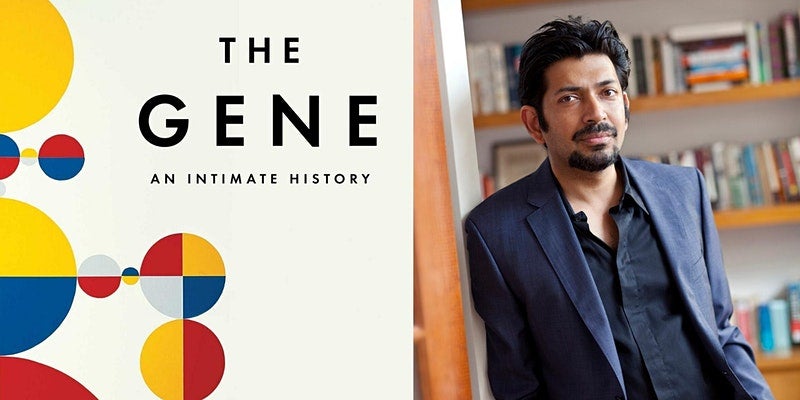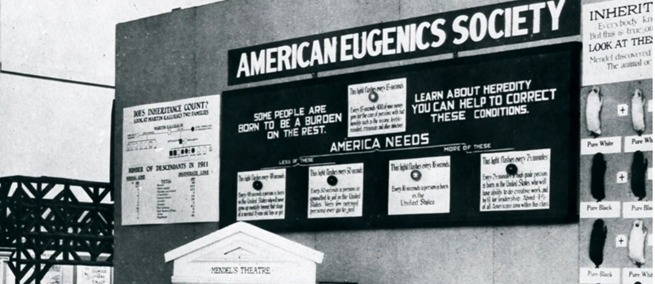The story of genetics begins long before the word itself existed—hidden in the cross-pollinated flowers of Gregor Mendel’s monastery garden, in the careful records of inherited traits passed down like folklore. From Darwin’s quiet musings to the frenzied race to decode DNA’s double helix, the history of the gene is one of patient observation disrupted by bursts of revelation.
The discipline has provided answers to medical, as well as philosophical and historical questions. It asks a question as old as life itself: Why are we the way we are? To sum it all up, genes contain the history of our cells, our ancestry, and by definition, our future as well.

As mentioned in the documentary:
“The DNA is not just a genetic code but also in some sense a moral code”
In The Gene: An Intimate History, this question is explored not just through science but through story. The documentary starts with a compelling scene when Dr. He Jiankui is being questioned on his unethical research of editing human embryos in 2018. After which it switches to a family with a kifA1 mutation then it goes on the science behind the disease.
The documentary traces the journey from early theories of heredity to the breakthroughs of modern gene editing. It moves between laboratories and living rooms, from Nobel-winning discoveries to families facing inherited illness very efficiently. Mukherjee’s firm narrative floats between the microscopic and the human. The structure of DNA is not just a scientific code—it is a map of identity, vulnerability, and hope.
As the documentary takes us through all the advancements 20th century it also reflects upon the impact of those advancements on our society like the idea of a pseudo-science of Eugenics proposed by Francis Galton. Any scientific discovery can have positive and negative applications, be it the atomic bomb or the understanding of our inheritance. It is up to us as human beings to educate and learn from our past mistakes.
Towards the end, we see the rise of CRISPR, a tool that cuts DNA with surgical precision and can be used to edit it. We witness how each advancement opens doors that science once thought permanently closed throughout the programme.

As gene editing becomes reality, society is faced with new ethical challenges. Should we alter the code of future generations? What happens to the concept of “normal” when change becomes a choice? The documentary does not offer easy answers. Instead, it lingers in the grey zones—where science and morality meet, where progress carries both promise and peril. Genetic knowledge can heal, but it can also divide. The risk of a new eugenics, hidden behind the mask of progress, casts a quiet, persistent shadow.
On the other hand, the use of gene therapy and gene editing is saving precious little lives that would never have a chance to live. Yoder family is a great example as they lost their baby girl to Spinal Muscular Atrophy (SMA) at 18 months of age, the normal life expectancy of those with SMA being 1 year. However, due to advancements in the field, they were able to test the next child right after birth and upon confirmation of the mutation; he was enrolled in a gene therapy trial. Excitingly, the baby responded very well to the drug and did not just survive but lived a normal healthy life.

Documentaries and books like The Gene matter. They are bridges—between scientists and citizens, between facts and feelings. They open up complex ideas in ways that invite curiosity rather than overwhelm. In a time where science moves faster than public understanding, such works are acts of translation. They remind us that science is not just about data, but about people. Moreover, every discovery, no matter how clinical it seems, begins and ends in the human story.
We as society have a huge responsibility of the utilisation of scientific discoveries and inventions in a positive manner. The responsibility I fear does not just lie on scientists. It is of utmost importance to translate scientific knowledge for public consumption and for sections of our society that can contribute to the ethics of science.
The documentary is available at PBS, Apple TV.
References:
Also Read: Delhi’s Basement Infirmary: A Review on ‘All That Breathes’

Khadija Tariq is a genetics graduate who loves understanding how diseases work at the molecular level and how we can use that knowledge to create better treatments. She was an intern at Scientia Pakistan Science Writing Internship Cohort Three.

